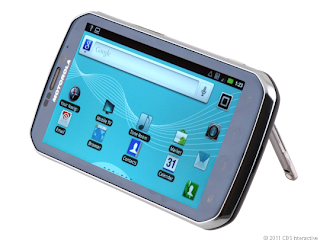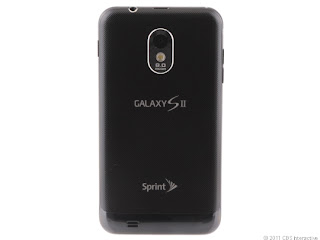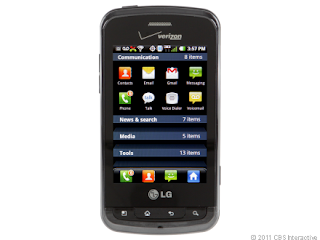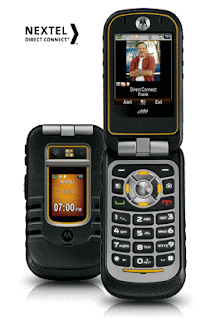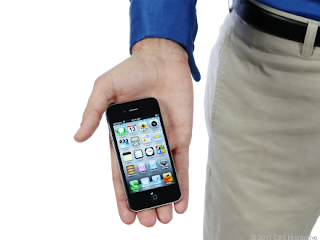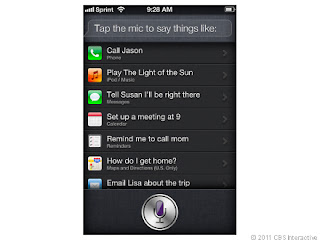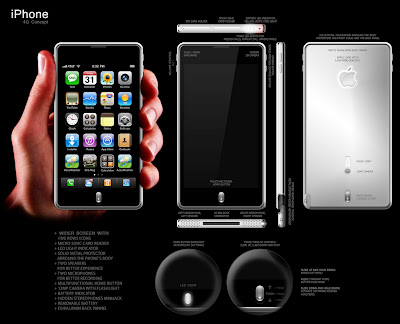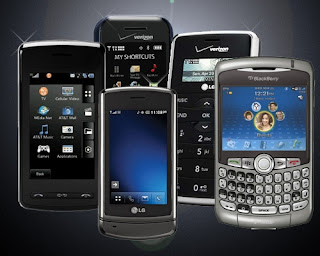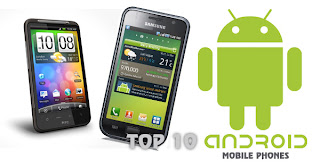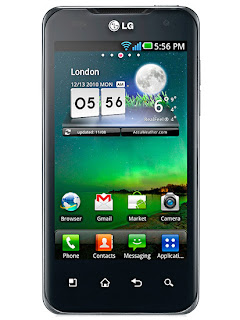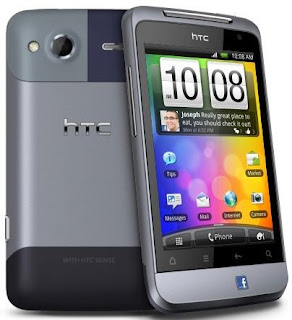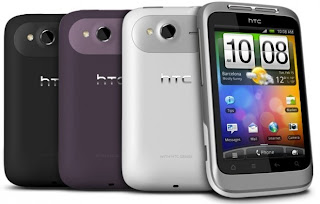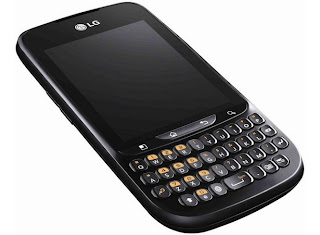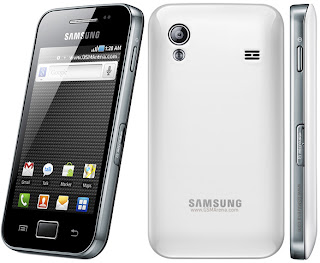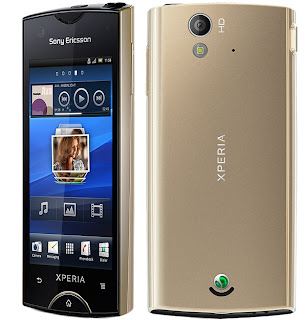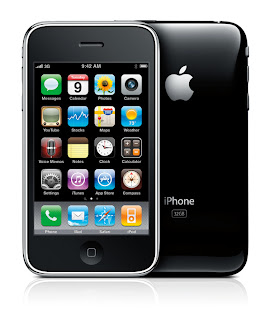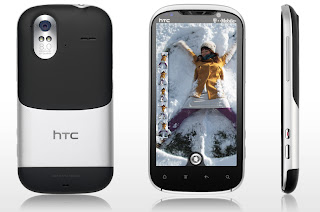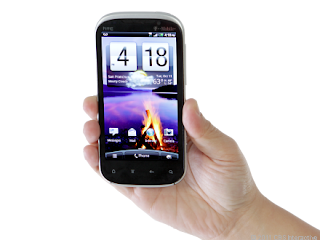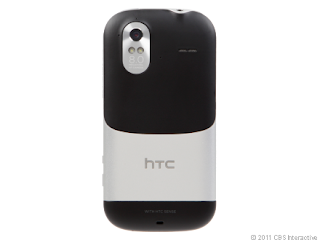The good : Apple's iPhone 4S has a faster processor and an upgraded camera, all the benefits of iOS 5, and a useful and immensely fun voice assistant. Call quality on the Sprint model is admirable, and the data speeds, while certainly not 4G, get the job done.
The bad : It's about time we get a larger screen
The bottom line : The iPhone 4S isn't the king of cell phones, but it's part of the royal family nonetheless. Even without 4G and a giant screen, this phone's smart(ass) voice assistant, Siri, the benefits of iOS 5, and its spectacular camera make it a top choice for anyone ready to upgrade.
For the first time since the iPhone was born four years ago, a new model didn't arrive in June this year. The wait set the iPhone 5 rumor mill frothing to overflow, so when the iPhone 4S arrived as an incremental upgrade, fanboys commenced an Internet-wide rending of garments. Some critics grumbled that they didn't get more, and I sympathize...kind of. Yes, the lack of 4G is disappointing. And yes, a totally new design would have been fun. But this is hardly the first time that Apple has chosen to make a subtle upgrade. Remember the iPhone 3GS?
The truth is that the 4S brings healthy improvements to an already excellent device. iPhone owners finally get a 64GB model and a better camera, the dual-core processor delivers more speed, and Siri, the iPhone 4S' personal assistant/robot friend/gofer, adds a new and sassy experience. iOS 5 also trots out changes big and small, and we're glad to see Sprint join the Apple family with a true world phone. So while the iPhone 4S isn't the Jesus phone, it's quite enough for plenty of other people-- more than a million, actually.
Not everything impressed me. I'd prefer a slightly larger screen and my list of iPhones misses remains hefty. Performance on the Sprint model is satisfactory. We encountered slower 3G data speeds than on the Verizon phone, but Sprint has a slight edge in call quality. Remember that there will be a discernible difference between the 4S versions (just like we found with the AT&T and Verizon iPhone 4S) so it's important to choose your carrier wisely.
In the end, the decision to buy an iPhone 4S will depend on your current carrier contract. If you aren't eligible for an upgrade with a rebate, I don't think the new features are worth paying full price (at least $500). But if you can upgrade with a discount, or if you're a Sprint customer waiting to get your hands on the iPhone for the very first time, there is enough here to warrant a switch. Sure, there's the chance that a better "iPhone 5" will come next June, but that's a long time to wait. Besides, in the cell phone world, something better is always around the corner.
Design
As I said, the iPhone 4S is indistinguishable from its predecessor. For the most part, that's fine with me. Having lived through the thin phone craze started by the Motorola Razr, I'm not aching for a slimmer device. Granted, the 4S can feel bulky at times, but I continue to enjoy its solid feel in the hand (something that's not always there with skinny phones). I don't have any problems with the handset's general aesthetics, either. A thinner phone may be prettier, but it's what's inside that really counts.
The iPhone 4S' design is unchanged from the iPhone 4.
That's fine with us, except that we'd like a larger display.
I also can live without some of the rumored "iPhone 5" features, like a wider Home button and a curved profile. The Home button has never plagued me, after all, and I'd prefer to rest the phone flat on a table and tap away. The glass back continues to concern me a bit, particularly after seeing a handful of iPhone 4s fall to their doom. That shouldn't be an issue if you have a case, of course. But speaking of which, some iPhone 4 cases will not fit on the iPhone 4S because Apple moved the ambient light sensor. So if you're looking to dress your 4S, make sure the case fits perfectly before buying. And if you need suggestions, Executive Editor David Carnoy has a few.
My real design gripe is that the iPhone's display is beginning to look rather small when compared with some of the Android competition. Keep in mind that the iPhone's screen has remained at 3.5 inches since the first edition appeared in 2007. At that time, it was plenty big, but as smartphone screens have crept above the 4-inch mark, I now consider 3.5 inches the bare minimum size for a high-end device.
Absolutely, the Retina Display remains stunningly beautiful (as do many Super AMOLED screens), but its size isn't always practical for in-car and hands-free use. Even worse, it can get rather tiring watching a full-length film with the iPhone perched on your airline seat tray table. How much bigger would I want? Nothing too big--the 4.5-inch displays on some Android models are a bit ridiculous--but something in the range of 3.75 inches or 4 inches would be a Goldilocks just right. I'll leave that up to the next iteration of the phone.
At the iPhone 4S' unveiling, one of the biggest elephants in the room was whether the company would mention any differences to the antenna following the iPhone 4's "antennagate." Yet, when Apple VP of Marketing Philip Schiller took the stage, he revealed that the iPhone 4S has two antennas that it can choose between to find the best signal (more on that later). Even if you can't see any changes on the outside, it appears to fix what I found to be a very real problem.
You'll also see the same virtual keyboard.
Basic features
The 4S inherits all the standard iPhone features from the preceding models, including the calendar, voice memos, weather and stock apps, the various clock features, Google Maps, the compass, text messaging and e-mail, and the Notes app. The iPod player is there as well; the 4S splits your music and video libraries into two separate icons. In another change, the 4S also offers an upgrade to Bluetooth 4.0. Though still a growing technology, Bluetooth 4.0 uses less power and will enable the iPhone to talk to small battery-operated devices like Nike+ sensors and fitness machines at the gym. For more on Bluetooth 4.0, check out this deeper dive from Nicole Lee.
Siri
The feature that Apple is touting most is the new voice assistant called Siri. It doesn't completely replace the current Voice Control feature--that's still there if you want it--but it certainly does a whole lot more. Basically, Siri both follows commands and answers your requests for information. For example, you can check the weather, ask for a contact's address, set up a reminder, get directions, and ask for obscure trivia. You speak to a robotic female voice (you can't change her identity) and access the feature by holding down the Home button (just as you do to access Voice Control). It uses both your location and a Google search to find a response, so you will need to have a Wi-Fi or cellular connection. The feature is in beta mode and supports English, French, and German. More languages will come later.
Camera
The iPhone 4's 5-megapixel camera was already great--especially when you add a third party app--but the iPhone 4S' is significantly better. The 8-megapixel camera offers autofocus, flash, f/2.4 aperture lens, and a backside-illuminated CMOS sensor that allows 73 percent more light than the previous sensor and should deliver better low-light performance. A hybrid IR filter is also onboard for better color accuracy. Apple also claims the new camera performs 33 percent faster than the iPhone 4's camera, and the A5 processor has a built-in image processor that adds face detection and 26 percent better auto white balance.
From the start I noticed a difference in image quality over the iPhone 4's camera. Colors were brighter, and the focus was a little sharper with a bit less pixelation. Not surprisingly, the camera also does better in low light, though flash continues to be a little overpowering at times.
